Directions (1-5): Study the following information carefully and answer the questions given below:
Ten persons live on a five-storey building such as ground floor is numbered as 1, floor just above it is numbered as 2 and so on till the topmost floor is numbered as 5. Each of the floors has 2 flats in it i.e., flat-A and flat-B. Flat-A of floor-2 is immediately above flat-A of floor-1 and immediately below flat-A of floor-3 and so on. In the same way flat-B of floor-2 is immediately above flat-B of floor-1 and immediately below flat-B of floor-3 and so on. Flat-A is in west of flat-B.
S lives to the north east of T. There are two floors gap between I and H. T lives on an odd numbered floor. S lives above the 3rd floor. I lives to the north west of H. J lives below the H’s floor. T and J live on the same floor. F lives on an odd numbered floor but not on the topmost floor. Q lives to the south west of F. No one lives to the west of G. R lives to the west of P.
Q1. Who among the following live on 4th floor in flat A?
(a) Q
(b) G
(c) I
(d) R
(e) None of these
Q2. Four of the following are alike in a certain way and hence form a group find the one which does not belong to that group?
(a) R
(b) P
(c) Q
(d) H
(e) G
Q3. Which among the following statement is not true?
(a) I lives on an odd numbered floor
(b) F lives in flat A
(c) There are two floors gap between R and J
(d) Q and H live on the same floor
(e) G lives on the 3rd floor
Q4. How many floors gap is there between G and P?
(a) One
(b) Two
(C) Three
(d) None
(e) None of these
Q5. Which among the following combination is true?
(a) J- Flat A
(b) P- 2nd floor
(c) Q- 2nd floor
(d) G- 5th floor
(e) H- Flat A
Directions (6-9): Each of the questions below consists of a question and two statements numbered I and II given below it. You have to decide whether the data provided in the statements are sufficient to answer the question. Read both the statements and give answer.
(a) If the data in statement I alone are sufficient to answer the question, while the data in statement II alone are not sufficient to answer the question.
(b) If the data in statement II alone are sufficient to answer the question, while the data in statement I alone are not sufficient to answer the question.
(c)If the data either in statement I alone or in statement II alone is sufficient to answer the question.
(d) If the data given in both statements I and II together are not sufficient to answer the question.
(e) If the data in both statements I and II together are necessary to answer the question.
Q6. There are six members in a family. How is E related to B?
Statement I: A is daughter in law of F who is grandfather of C. B is parent of D.
Statement II: E is grandmother of D. C is sibling of D. F is not husband of E.
Q7. In which direction is point A with respect to point M?
Statement I: Point T is south of point M. Point M is north of point N which is east of point V. Point N is east of point A which is west of point V. Point N is north of point T.
Statement II: Point V is south west of point M which is in north of point N. Point A is west of Point N. Point T is south of Point M
Q8. Seven persons go to market on seven different days of the same week starting from Monday to Sunday. Who goes market on Saturday?
Statement I: P goes just after M but before Thursday. O goes after T. Three persons go between P and T.
Statement II: P goes after M. More than three persons go between O and P. T goes just before O. No one goes before M.
Q9. Eight persons are standing in a row and all of them face in south direction. What is the position of K with respect to C?
Statement I: P sits exactly between B and R. A sits to the left of D who is an immediate neighbour of M. K doesn’t sit at the extreme end.
Statement II: C sits third to the right of R. Only one person sits between P and C. P is the only neighbour of R. Two persons sit between K and D who sits at extreme end.
Directions (10-12): Study the following information carefully and answer the questions given below:
P% Q means P is sibling of Q
P$Q means P is parent of Q
P#Q means P is grandparent of Q
P@Q means P is child of Q
P&Q means P is spouse of Q
Q10. If the expression “B@D&C$A; F%H@G&B” hold true, then how is C related to G?
(a) Mother-in-law
(b) Father-in-law
(c) Either (a) or (b)
(d) Mother
(e) Father
Q11. If the expression “B@D&C$A; F%H@G&B” hold true, then which among the following statements is true if G and C are female members of the family?
(a) C is mother-in-law of G
(b) G is mother of F
(c) B is father of H
(d) D is father of A
(e) All are true
Q12. If the expression “B@D&C$A; F%H@G&B” hold true, then what is the minimum number of male members in the family?
(a) One
(b) Two
(c) None
(d) Three
(e) Four
Directions (13-15): Each of the questions below consists of a question and two statements numbered I and II given below it. You have to decide whether the data provided in the statements are sufficient to answer the question. Read both the statements and give answer.
(a) if the data in statement I alone are sufficient to answer the question, while the data in statement II alone are not sufficient to answer the question.
(b) if the data in statement II alone are sufficient to answer the question, while the data in statement I alone are not sufficient to answer the question.
(c) if the data either in statement I alone or in statement II alone are sufficient to answer the question.
(d) if the data given in both statements I and II together are not sufficient to answer the question.
(e) if the data in both statements I and II together are necessary to answer the question.
Q13. Thirteen persons sit in a row and all face in North direction. Who sits exactly in the middle of the row?
Statement I: Arun sits 3rd from the left end. Five persons sit between Arun and Anuj who sits 3rd to the left of Ashish. Four persons sit between Ashish and Amit.
Statement II: Three persons sit between Amit and Anshika who sits 4th from left end. Six persons sit between Anshika and Anuj who sits immediate right of Arun. Ashish sits exactly in between Anshika and Arun.
Q14. Six persons i.e. A, B, C, P, Q and R sit in a circular table and all face towards center but not necessarily in the same order. Who faces C?
Statement I: P sits 2nd to the right of A who sits immediate left of B. One person sits between Q and R who is not an immediate neighbor of A.
Statement II: B sits 3rd to the right of A who sits immediate right of P. One person sits between C and Q who sits next to R.
Q15. Six persons i.e., J, K, L, M, N and O live at different floors of six floored building but not necessarily in the same order. Who live at topmost floor?
Statement I: J lives above K and below L. Three persons live between M and N who doesn’t live at bottommost floor.
Statement II: O lives at even numbered floor. Two persons live between O and P who lives above N. There are as many persons live above M as below J.
Solutions
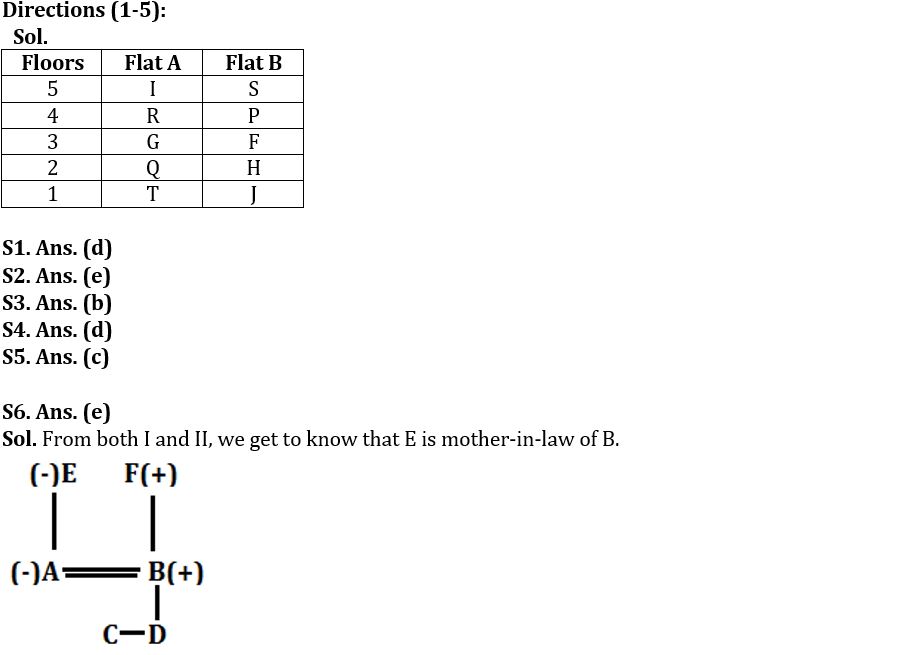
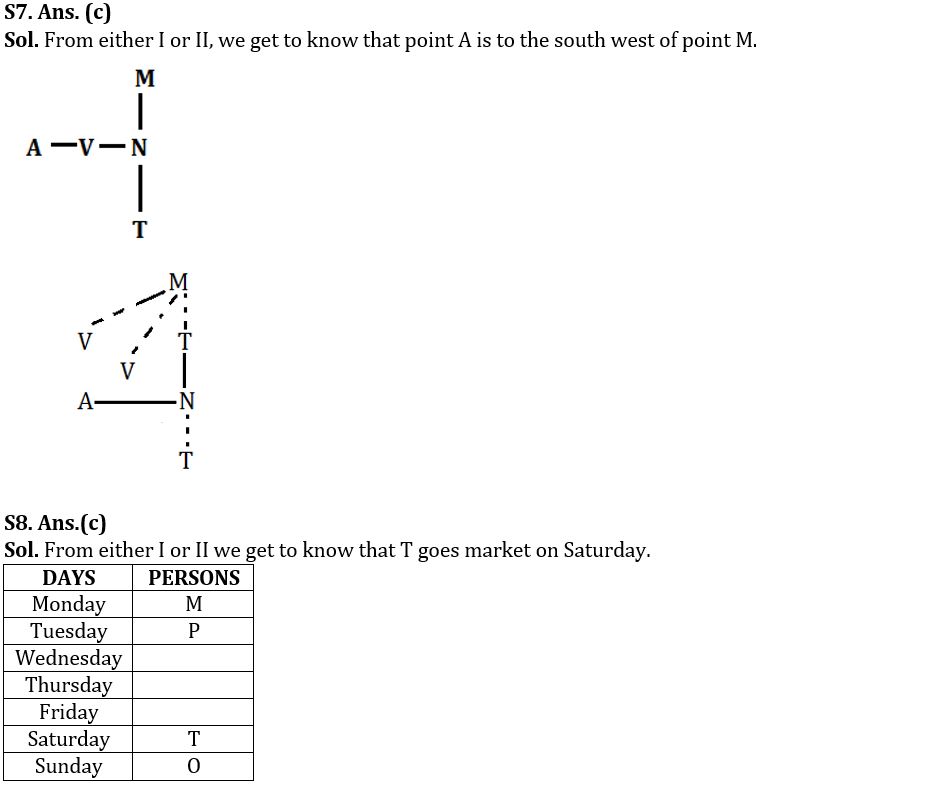
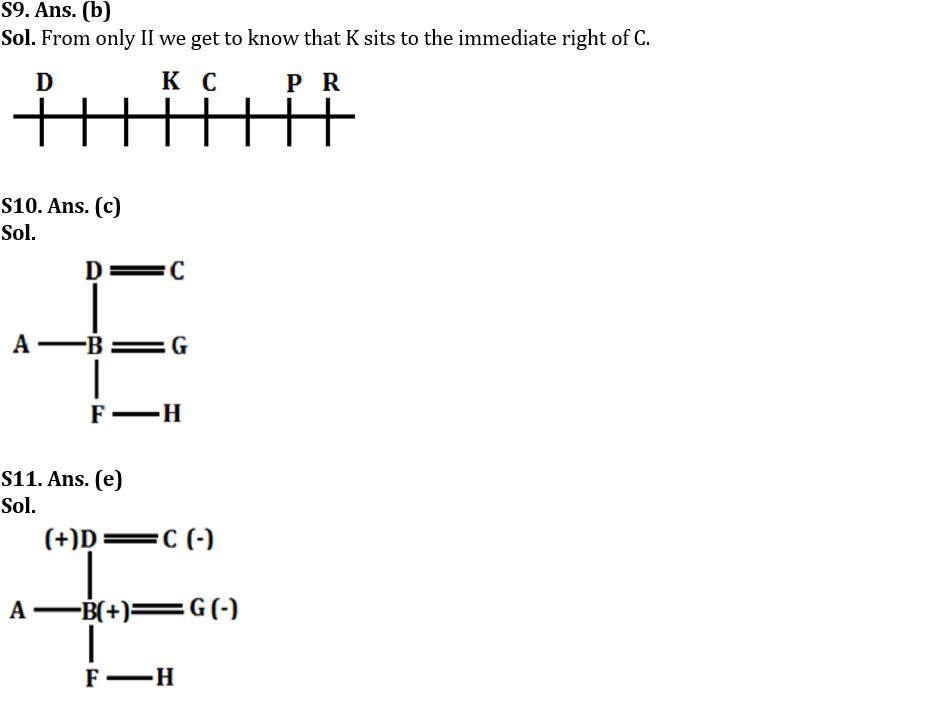
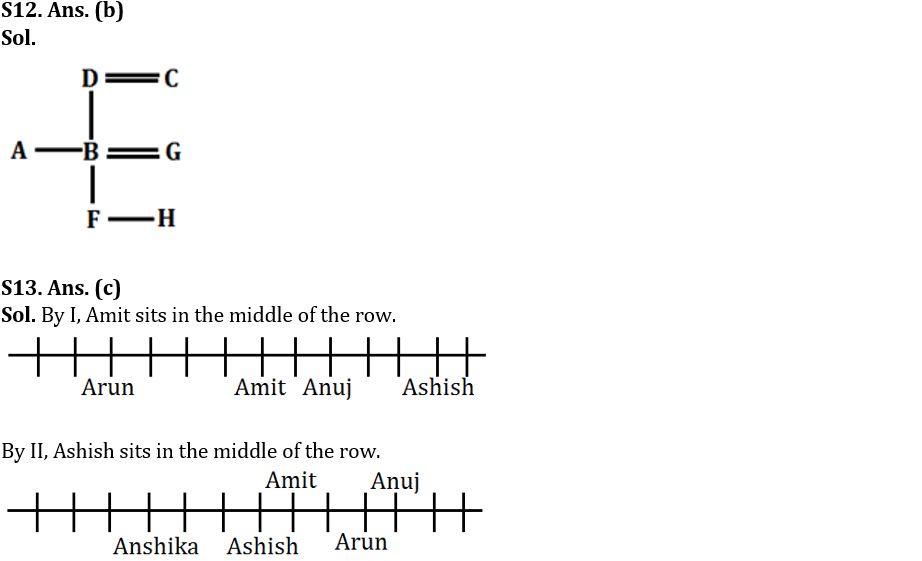
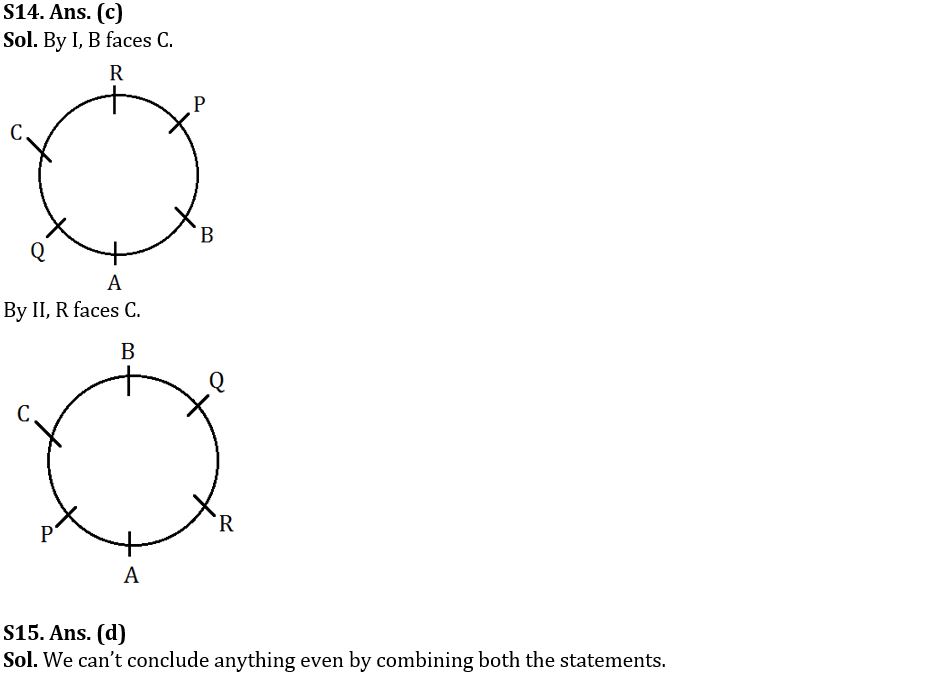


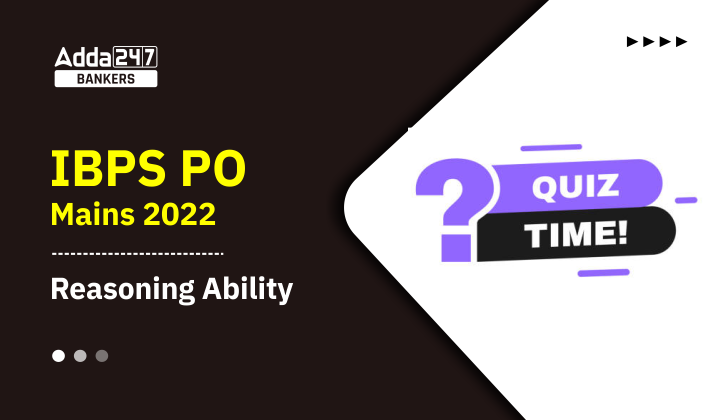


 GA Capsule for SBI Clerk Mains 2025, Dow...
GA Capsule for SBI Clerk Mains 2025, Dow...
 The Hindu Review October 2022: Download ...
The Hindu Review October 2022: Download ...
 SBI Clerk Prelims Result 2025 Out, Direc...
SBI Clerk Prelims Result 2025 Out, Direc...







